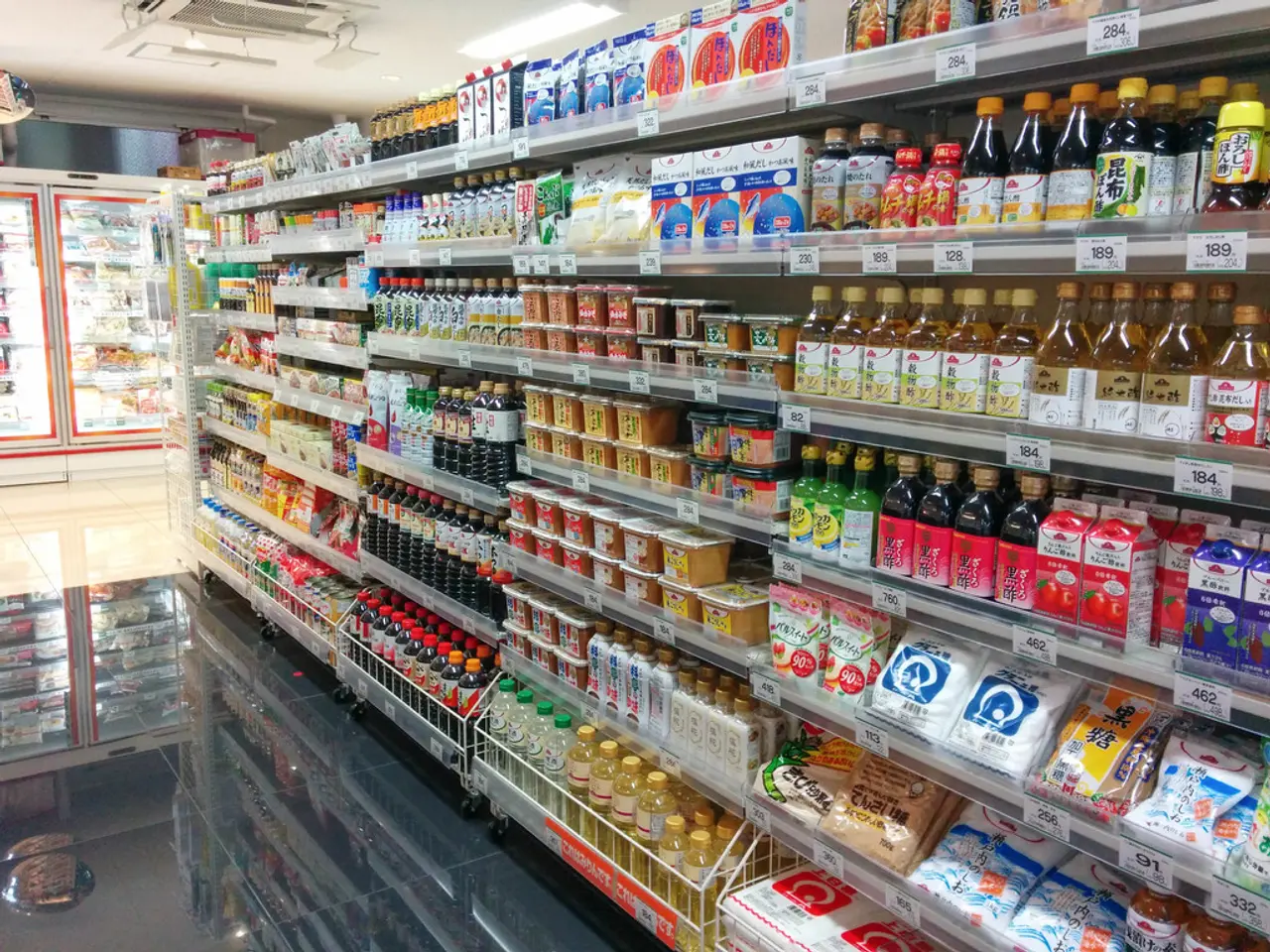Increasing Profitability for a Catering Venture: Achieve Success by Implementing Effective Methods
In the bustling world of catering, setting and achieving objectives is crucial for any business's growth and success. Here's a guide on how to effectively set and achieve goals in a catering business, focusing on operational, financial, and marketing aspects.
First, it's essential to set specific, achievable goals using the SMART criteria – making them specific, measurable, achievable, relevant, and time-bound. For instance, reducing food waste by 10% in three months or increasing revenue by 15% in six months. These goals should be broken down into both short-term and long-term objectives to ensure ongoing progress and adaptability.
Next, develop a clear, collaborative plan to achieve these goals. This plan should align all departments, including kitchen, service, finance, and marketing, and stakeholders to the goals. A SWOT analysis (Strengths, Weaknesses, Opportunities, Threats) is a valuable tool for grounding your strategy in reality. Define key performance indicators (KPIs) for each goal and establish a regular review cycle to track progress and adjust tactics when needed.
Operational strategies involve standardizing operations and workflows to ensure consistent catering quality, timeliness, and customer satisfaction. Use recipe standardization to maintain food quality and cost control across all events. Leverage technology for inventory management, scheduling, and order tracking to minimize waste and ensure efficiency.
Financial management requires making realistic financial projections based on market research, competitor analysis, and historical data. Use break-even and ROI analyses to understand profitability timelines and prioritize investments. Manage cash flow carefully, using centralized financial systems if expanding services or locations. Maintain contingency funds for unexpected costs and diversify income streams.
Marketing strategy involves developing a positioning statement that clearly differentiates your catering brand in the market. Define your target market precisely by analysing customer demographics, behaviours, and competitor customers to tailor your outreach effectively. Implement marketing tactics like promotions, themed events, and strong social media engagement to attract and retain customers. Build a strong brand presence with consistent messaging and visuals reflecting your service’s personality and quality.
To sustain success, track performance metrics regularly and be prepared to pivot strategies based on data insights. Involve your team in planning and review sessions to ensure alignment and foster motivation. Regular audits and customer feedback collection help maintain high standards operationally and commercially. Leverage positive word-of-mouth and PR alongside paid marketing for sustainable growth.
In conclusion, by combining SMART goal-setting, strategic planning grounded in SWOT, operational consistency, strong financial oversight, and targeted marketing execution, a catering business can effectively set and achieve its objectives across operational, financial, and marketing domains. Operational efficiency is important for ensuring food safety and quality, improving service delivery, and maintaining customer satisfaction. Strict hygiene standards should be maintained, regular staff training on food handling and hygiene is essential, and partnering with reputable suppliers is important for ingredient quality. Delivery routes can be optimized to save time and reduce fuel costs, and staff training is essential for maintaining food quality, ensuring safety standards, improving service delivery, and enhancing overall customer experience. Financial goal-setting is crucial for creating budgets, managing cash flow, and ensuring profitability. Building strong customer relationships through personalized experiences, gathering regular feedback, implementing loyalty programs, and networking with clients can enhance trust and satisfaction.
- To maintain growth in the catering business, consider setting a goal to improve personal-finance efficiency by 15% in the next six months, focusing on cost reduction and increasing profit margins through smart budgeting and effective cash flow management.
- Spearhead a food-and-drink quality scaling initiative with the aim of reducing food waste by 10% in three months through improved inventory management, recipe standardization, and proper hygiene practices among the team.
- Strengthen marketing strategies by targeting lifestyle segments with themed events and engaging social media content that authentically reflect the caters' brand personality and commitment to high-quality service.
- Boost operational efficiency by implementing tailor-made business solutions, such as technology for order tracking and financial centralization, to streamline processes, reduce waste, and aid in expansion plans when scaling services or locations.




